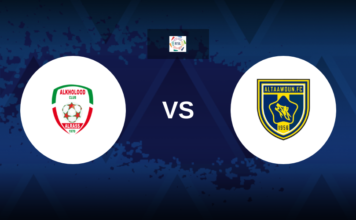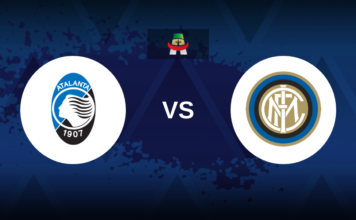Here’s all you need to know about the unique structure of professional soccer in the U.S.
Major League Soccer (MLS) stands out with its distinctive single-entity structure, which sets it apart from the traditional promotion and relegation system.
Unlike other soccer leagues, teams in MLS are not promoted or relegated based on their performance. Instead, new teams enter the league through a purchasing process, as exemplified by Minnesota and Atlanta United. While this structure aligns with the practices of American sports leagues such as baseball, basketball, and the NFL, it remains a topic of debate in the soccer community.
Does U.S. Soccer have different tiers?
The absence of promotion and relegation in the United States has sparked a vigorous debate among soccer enthusiasts. Currently, the country has three major professional soccer leagues: MLS, NASL, and USL PRO.
While these leagues are not directly connected, they are classified into different divisions. MLS holds the status of the first division, while NASL and USL PRO are considered second divisions by the soccer governing body.
The discussion on introducing promotion and relegation revolves around its potential benefits, including improved sporting integrity and economic growth for American club soccer.
The origins of the single entity structure
MLS’s single-entity structure traces its origins back to the early 1990s when the league was established as part of the United States’ bid to host the 1994 World Cup. To ensure stability and secure financing, MLS organizers adopted a closed league model with a unique twist.
Instead of individual team ownership, investors purchased shares in the league as a whole, granting them control over all the teams. This approach aimed to provide stability for the league and its investors, aligning with the American sporting tradition.
While the implementation of promotion and relegation in the U.S. is not impossible, it appears unlikely to be adopted in the near future. Cultural and financial factors pose challenges to its realization, and the lower division clubs often lack the infrastructure to compete at the higher levels.







